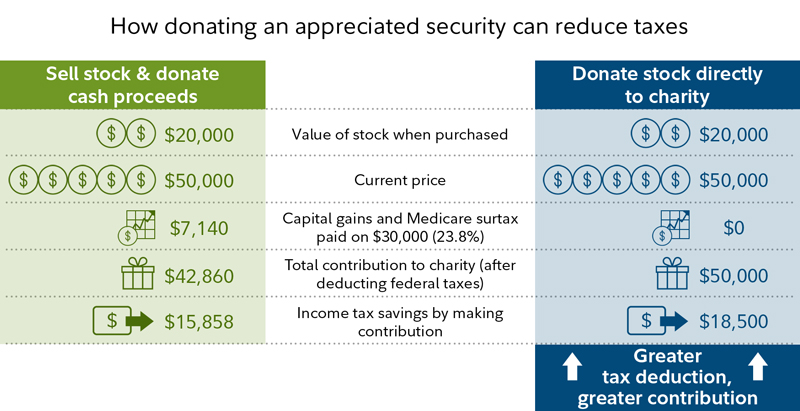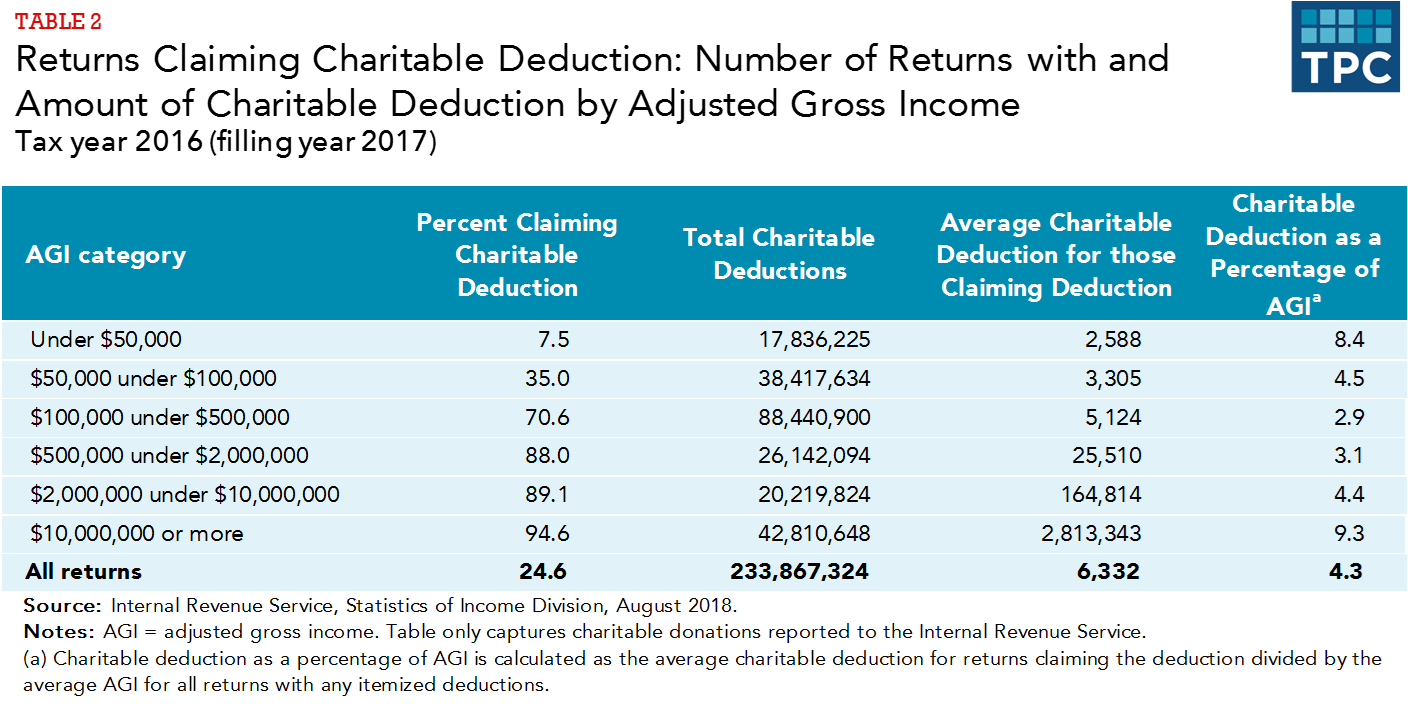
Donating to charity is a great way to give back and support organizations making a. For example, if a corporation has $1 million in taxable income, its deduction for donations of cash is limited to $100,000.

A special rule allows an enhanced charitable contribution deduction for donations of food to a qualified organization for the care of the ill, the needy, or infants.
Tax deductions for charitable contributions by corporations. Donating to charity is a great way to give back and support organizations making a. Charitable contribution deductions under irc § 170 summary. For more information on qualified organizations, see pub.
Subject to certain limitations, taxpayers can take deductions from their adjusted gross incomes (agis) for contributions of cash or other property to or for the use of charitable organizations. The amount that can be deducted in a year is subject to limits that depend on the type of donation and how you file your taxes. Normally, the deduction limit is 10% of the company’s taxable income.
There are annual caps that limit the total amount of charitable contribution reasonings. For example, if a corporation has $1 million in taxable income, its deduction for donations of cash is limited to $100,000. Under the new law, a c corporation is now entitled to deduct qualified contributions of up to 25% of its taxable income.
Individuals who do itemize may claim a deduction for charitable cash contributions made to qualifying charitable organizations, subject to certain limits. These limits typically range from 20% to 60% of adjusted gross income (agi) and vary by the type of contribution and type of charitable organization. If you make cash contributions or noncash contributions (other than capital gain property) during the year (1) to an organization described earlier under second category of qualified organizations, or (2) “for the use of” any qualified organization, your deduction for those contributions is limited to 30% of your agi, or if less, 50% of your agi minus all your contributions to 50% limit.
Many taxpayers oversimplify the rules surrounding the charitable contribution deduction. 170 (b) (2) (a) limits a corporation’s current charitable contribution deduction to 10% of its taxable income (the 10% limit). The charitable contributions deduction allows taxpayers to deduct contributions of exchange and property to qualified charitable organizations.
Prior to the act, a c corporation’s charitable contribution deduction generally was limited to 10% of its taxable income. The charitable contributions deduction reduces taxable income by allowing individual taxpayers and businesses to deduct contributions of cash and property to qualified charitable organizations. Most are aware that contributions to public charities were previously deductible up to 50% of adjusted gross income (agi), and that for tax years 2018 through 2025, the deduction cannot exceed 60% of agi.
Previously, a corporation’s total annual deduction could not exceed 10% of its taxable income (with certain technical modifications). In 1935, congress extended the right to deduct charitable contributions to corporations. A special rule allows an enhanced charitable contribution deduction for donations of food to a qualified organization for the care of the ill, the needy, or infants.
The cares act raised this threshold for corporations. This section has no application to x, incorporated, since it allocates income. Corporations may not deduct more than 10 percent of their pretax income in a given year but, like individuals, may carry forward excess donations for five years.
A corporation which reports its income on the calendar year basis makes a charitable contribution of $20,000 in 1970. Accordingly, the charitable contributions deduction for that year is limited to $5,000 (5 percent of $100,000). Its taxable income (determined without regard to any deduction for charitable contributions) for 1970 is $100,000.
172 (a) allows a deduction for any nols carried back and carried over to a tax year. To take a charitable deduction, taxpayers must contribute to a qualifying organization. The contribution is deductible if made to, or for the use of, a qualified organization.
170 (a) allows a deduction for charitable contributions paid within the tax year. Because corporations are separate entities, they can make charitable contributions on their own behalf and take the applicable deductions for these contributions. A corporation can claim a limited deduction for charitable contributions made in cash or other property.
Normally, the maximum allowable deduction is limited to 10% of a corporation�s taxable income. C corporations can deduct contributions to qualified charitable organizations, but the deduction is limited to 10% of the corporation’s taxable. While individuals donating to qualifying 501 (c) (3) organizations are allowed to deduct up to 50 percent of their adjusted gross income as charitable contributions, businesses are limited to 10.
Some corporate contributions, however, might also qualify as business expenses. Yes, but with certain limitations. Under the new law, a c corporation is now entitled to deduct qualified contributions of up to 25% of its taxable income.
They would be included on the corporation�s form irs form 1120. Prior to the act, a c corporation’s charitable contribution deduction generally was limited to 10% of its taxable income. It allowed a deduction in 2020 for monetary contributions to charity of up to 25% of taxable income.
21 hours agoif you made eligible charitable donations in 2021, you might qualify for a $300 deduction.